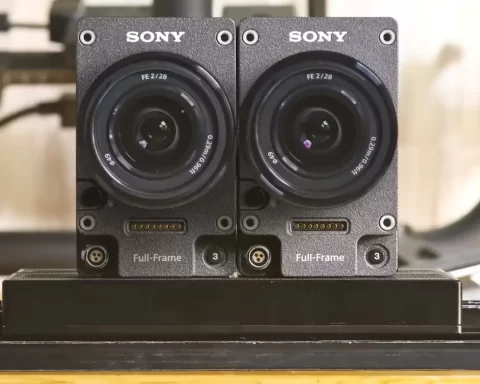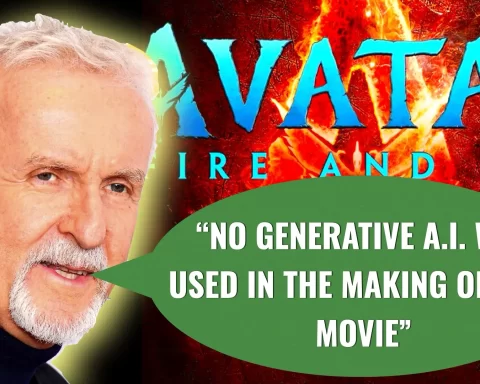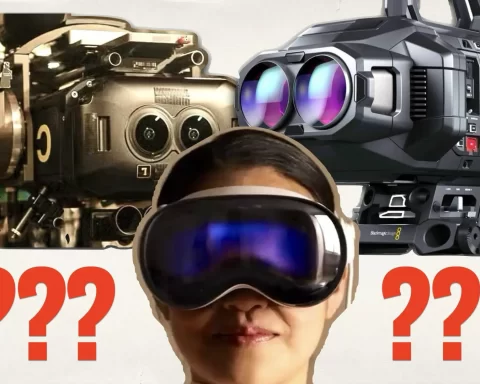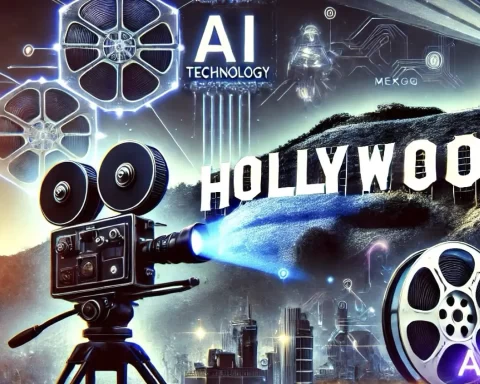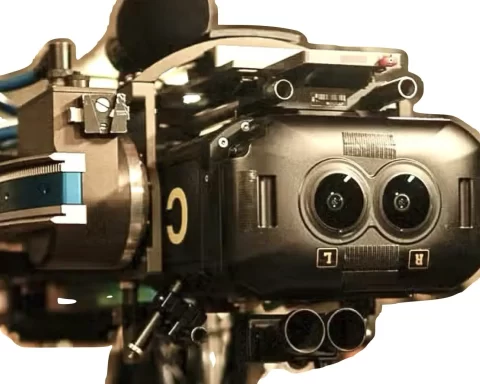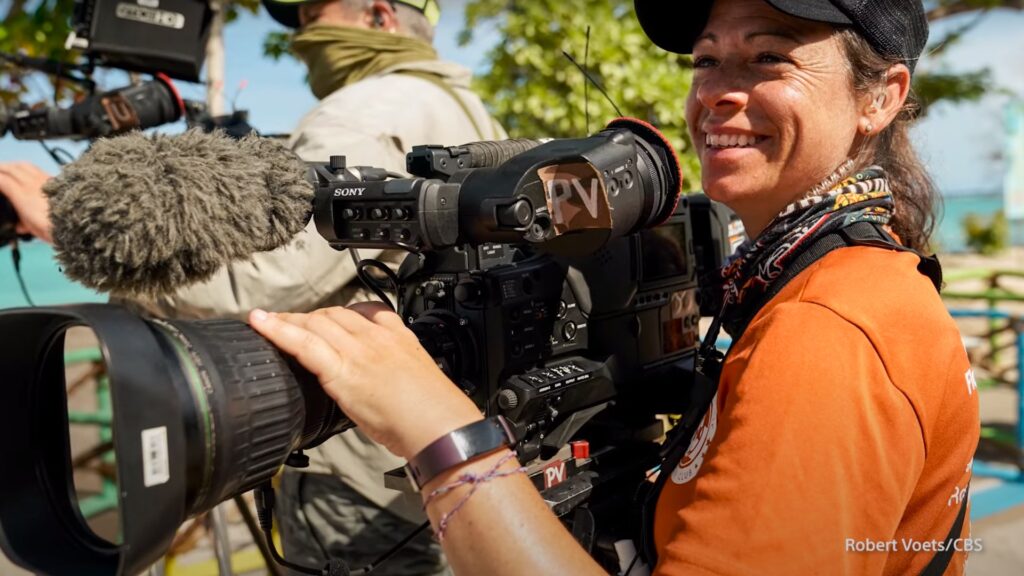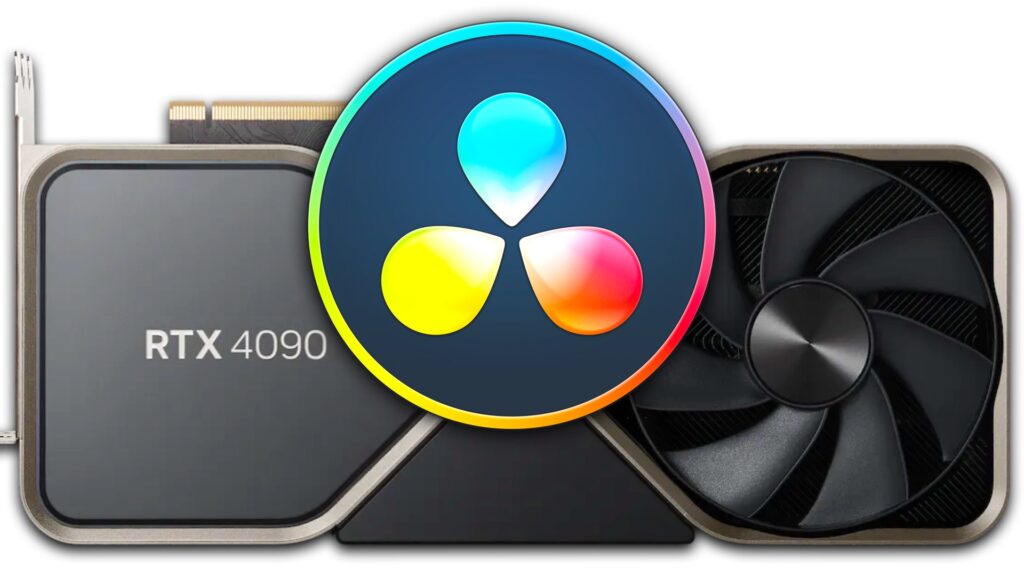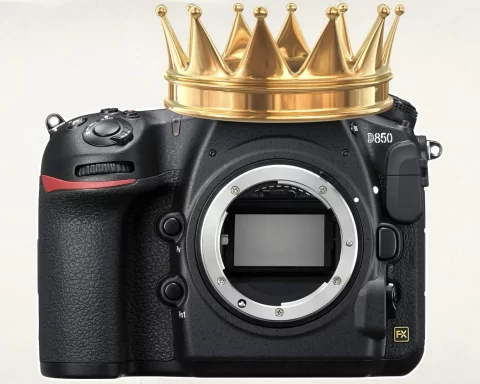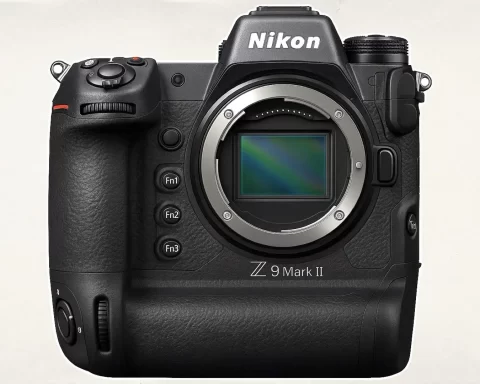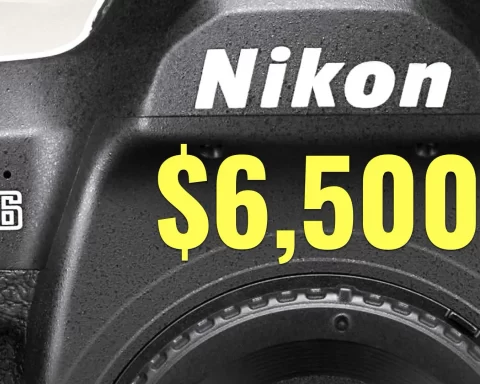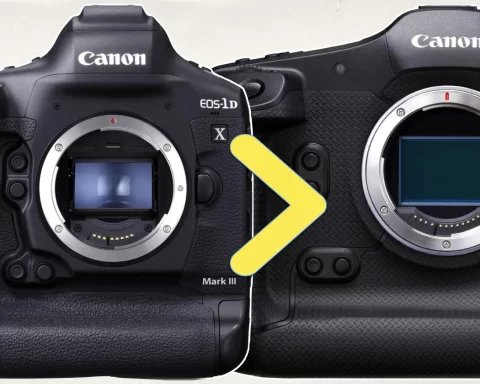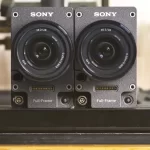James Cameron breaks some rules. In the remastered theatrical version of the first Avatar, he applied 48 FPS (Frames Per Second) to some scenes. He has created inter-frames to smooth out some of the strobing and some of the rapid camera kinetics in certain action shots. Read Cameron’s insights below.
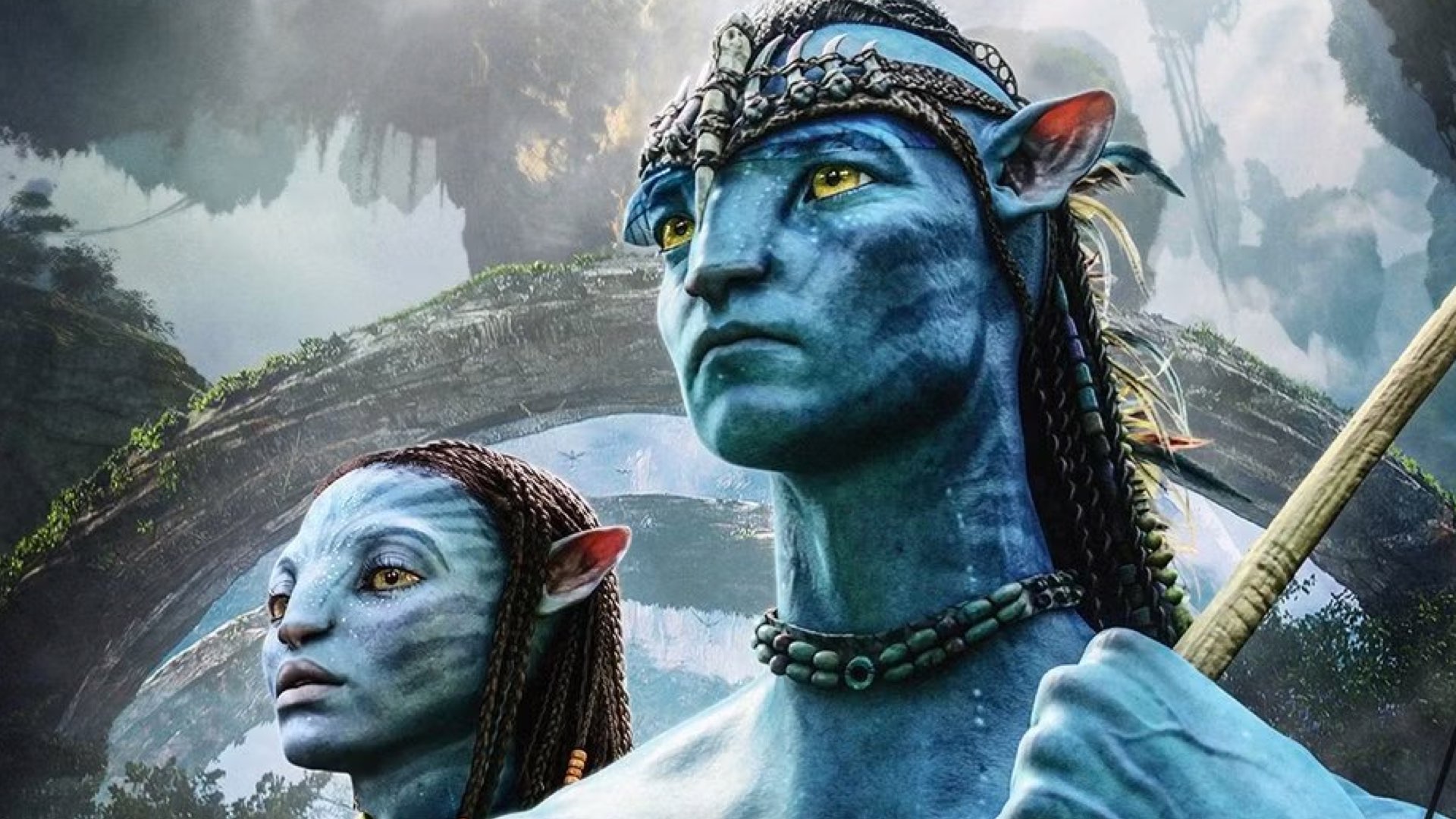
Avatar is back in theaters
Avatar is heading back to theaters worldwide in just a couple of days with a remastered release debuting on September 23, 2022. However, this remastered version is even better. At least, that’s what director (and Avatar inventor) James Cameron says. “We authored it for the big-screen experience. You let people smell the roses. You let people go on the ride. If you’re doing a flying shot or a shot underwater in a beautiful coral reef, you hold the shot a little bit longer. I want people to really get in there and feel like they’re there, on a journey with these characters”, the director stated in an interview with New York Times.
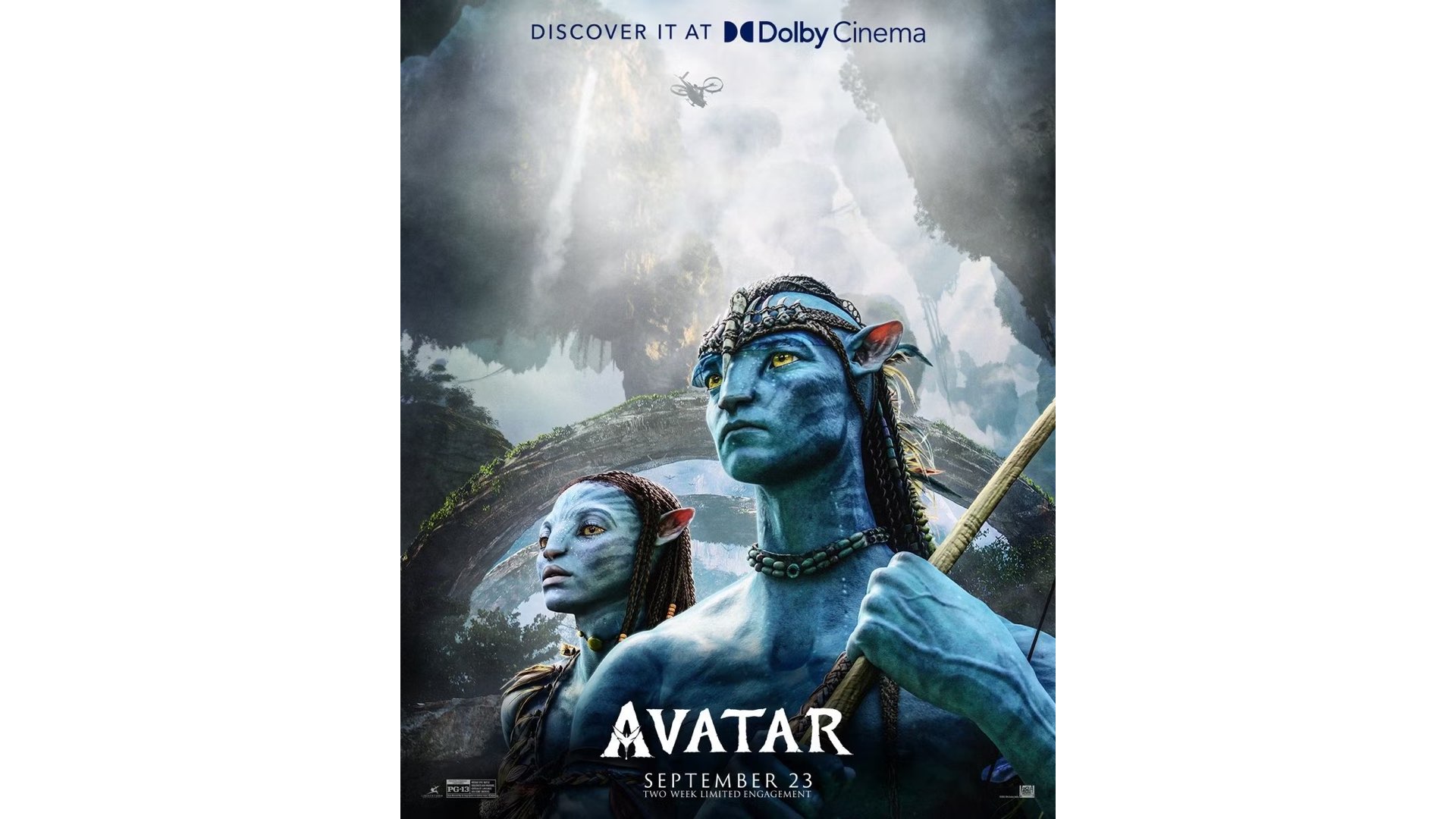
An amplified and upgraded version
The remastered version contains many improvements compared to the first one. Luckily, Avatar was mastered as a future-proof version and thus is ready to accept HDR projection, even though this was not relevant back then. “Weta (the VFX company) had done such a good job at the time, doing their renders in high dynamic range anyway – even though projection couldn’t handle it at the time – We didn’t have to do that much” Cameron admits. BTW, here’s an example of why it’s so important for filmmakers to release a future-proof master of their project. For instance, mastering in 8K even though you are not going to screen in this resolution at present time, will ensure that your film a future-proof. As for Avatar, the mastering in HDR back then seems like a smart move for screening it on modern movie projectors. As stated by Cameron in an interview with IGN: “Thanks to modern projectors that support high dynamic range, the Avatar remaster was able to address a common gripe about 3D movies…It’s just brighter at the screen, which is always an issue with 3D because you’re putting on glasses that filter out half the light. So the brightness at the screen is absolutely critical for the enjoyment”.
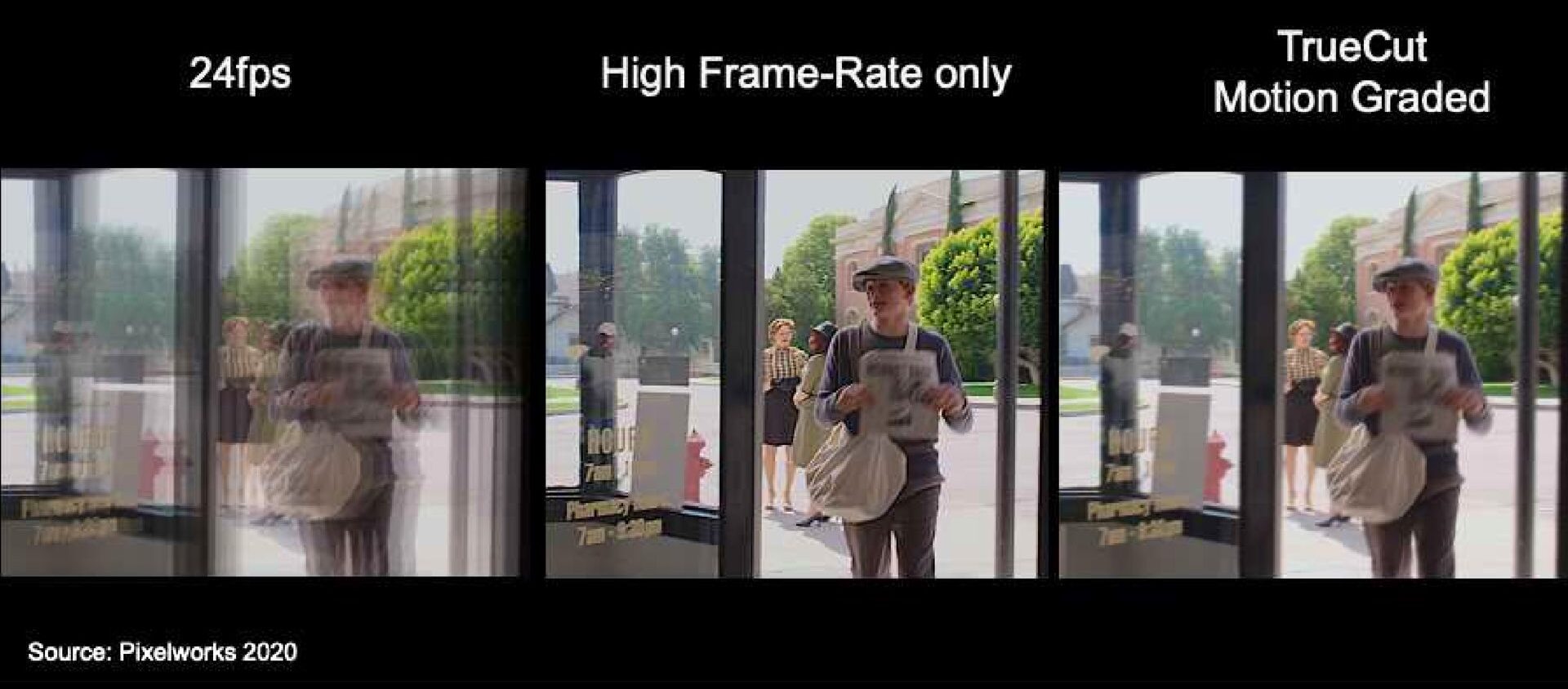
48 FPS: A brave move
“High frame rate is available; We’re using it as an authoring tool to improve some of the 3D, but we’re not just broadly applying it as a format,” Cameron explained and emphasized that HFR was applied sparingly. “We created new 48 frames-per-second inter-frames to smooth out some of the strobing and some of the rapid camera moves – during the viperwolf chase, the thanator chase, things like that – to improve the stereoscopic experience”. For that, Cameron utilized the TrueCut Motion platform which allows filmmakers to create visually cinematic motion, even in HFR. This technology ensures the artistic intent is delivered across any screen. Basically, the TrueCut Motion platform tunes the judder, motion blur, and frame rate appearance in post-production, on a scene-by-scene basis. This results in a smooth motion, but with fine-tuned judder. Here are some demonstrations below – The same methodology was utilized in Avatar 1 (and maybe 2 as well).
Basically, the TrueCut Motion platform tunes the judder, motion blur, and frame rate appearance in post-production, on a scene-by-scene basis. This results in a smooth motion, but with fine-tuned judder. The same methodology was utilized in Avatar 1 (and maybe 2 as well).
Wrapping up
Should you see Avatar 1 in a modern theater? Well, that’s what Cameron said: “A lot of young fans haven’t gotten to see it in a theater at all! Whether they like the movie or are indifferent to it or only just know about it, they haven’t really seen it unless they see it in a movie theater. And that would be true even of people who saw it back then. The memory fades of the power of the experience in a theater”. In our opinion, this decision is pretty simple. Would you see Avatar 2 with your kids? Then go see the first one with them, so they understand what’s all about. Then go see Avatar 2 in December. Haven’t you seen Avatar 1 at all? Then absolutely go see the remastered (and upgraded) version of it.


